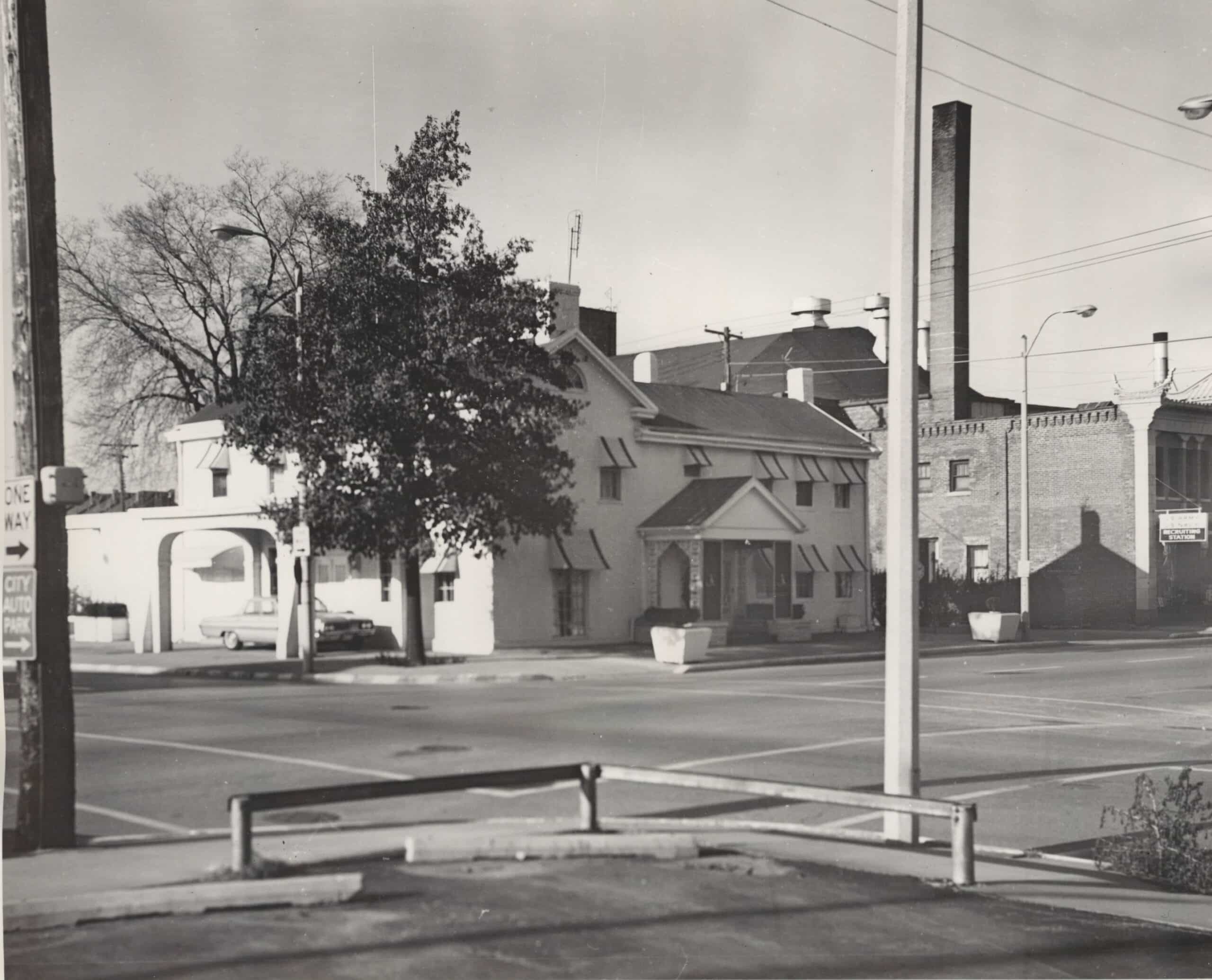With this post to our Local History Room weblog, we continue our series on a pair of sensational deaths that occurred in Pekin, Illinois, during the Prohibition Era. The Local History Room columns in this series, entitled “The Third Degree,” originally ran in the Saturday Pekin Daily Times from Sept. 15, 2012, to March 2, 2013.
THE THIRD DEGREE
By Jared Olar
Library assistant
Chapter Nine
The coroner’s jury issues its verdict
On Thursday, Sept. 15, 1932, a Tazewell County Coroner’s jury concluded its work and issued its verdict in one of the most shocking and sensational deaths in the county’s history. Two days later, the grand jury indicted three men in connection with that death.
The grand jury had convened Monday, Sept. 12, and the first case Tazewell County State’s Attorney Louis P. Dunkelberg brought before them was the death of Martin Virant of East Peoria, whose dead body had been hanged in the Tazewell County Jail on Sept. 1 after he had succumbed to severe injuries he had suffered at the hands of county deputies while he was in their custody. The deputies thought Virant witnessed the Aug. 28 murder of Lew Nelan, and tortured Virant because they did not believe his statement that he didn’t find out about Nelan’s murder until the following morning.
While the grand jury considered the Virant case, Tazewell County Coroner A. E. Allen conducted a two-day inquest into his death. On the first day of the inquest, the coroner’s jury heard testimony from several witnesses which established that Virant had no injuries when he was taken to jail. Virant’s sister and brother-in-law also told the jury that Virant feared Deputy Charles O. Skinner would beat or kill him when Skinner took him in for “questioning.” At the Nelan inquest, Virant had named Skinner as one of the deputies who beat him.

Most of the second day of the inquest was taken up with the presentation of the findings of the two Pekin doctors who had conducted two separate autopsies on Virant’s body, and with the testimony of expert Chicago criminologist Dr. William D. McNally, whom Allen had called in to do his own examinations and investigation.
All three specialists agreed that Virant did not die of hanging, but was already dead when someone at the jail used Virant’s belt to hang his body in his cell. They determined that Virant died of extensive, severe injuries he had suffered in a beating.
“From my findings at this autopsy,” McNally told the coroner’s jury, “this man should have been in a hospital instead of a jail. . . From the injuries that I found were quite extensive, he had received a horrible beating.”
Also testifying at the inquest that day was George Genseal, a suspect in the Nelan case who was brought to the county jail a day before Virant (Genseal was later released when it was found he was not involved in Nelan’s death). Genseal said Virant made no complaints of any injuries when Virant first arrived. Skinner later came for Virant and took him away for awhile.
According to Genseal, upon his return Tuesday night, Skinner told Genseal, “Talk to this damn fool so we can take his finger prints, or we’ll send him to Washington, D.C., first and then send him back to the old country where he belongs.”
After Skinner left, Virant told Genseal, “They hurt my head.”
“I told him to come over closer to the bars and let me feel his head. I felt a bump [at] the back of his ear. Then Martin said he thought he had some ribs broken. I wanted to feel and he couldn’t stand for me to touch them.”
Genseal also said Virant told him that all of the deputies on duty “had taken turns” at beating him, “but that Skinner had done most of it.” When Genseal asked him why he wouldn’t let them take his fingerprints, Virant became hysterical. “He said that they had nearly killed him now and if he let them take his fingerprints they would probably kill him altogether,” Genseal said.
On Wednesday, according to Genseal, Virant told Deputy Ernest L. Fleming that he wanted a doctor and wanted to phone his sister in Peoria. Neither request was granted. Genseal said he heard no words or sounds from Virant’s cell that night or on Thursday morning.
On Thursday afternoon around 2 p.m., Genseal said, Skinner came to the cell block and called to Martin. “Then he immediately said, ‘That ____ has hung himself.’ Then he fumbled around for about five or 10 minutes at the cell door.”
Neither Skinner nor Fleming made any move to cut Virant down or initiate resuscitation attempts. Instead, Fleming called the coroner, and it was the coroner who cut Virant down and personally began attempts to revive him. Coroner Allen, testifying as a witness at the inquest, said, “I said that in view of the circumstances that has (sic) already attended this man’s confinement in the jail here, all possible efforts should be made to revive him.”
The inquest was still under way when the Pekin Daily Times went to press on Sept. 15, 1932. The banner headline of that edition was, “MCNALLY IS BEFORE CORONER’S JURY.” But not long after going to press, the coroner’s jury returned with its verdict. The Daily Times then hastily put out an “extra” edition (which rapidly sold out) with the blazing headlines:
“JURY SAYS DEATH HOMICIDE” and “SAYS VIRANT DID NOT HANG HIMSELF”
Their verdict was that he died at the jail “from injuries and shock, resulting from external violence inflicted by others than himself, while in the custody of the sheriff of Tazewell county.
“We recommend that Deputy Sheriff C. O. Skinner be held to await the action of the grand jury, now in session. We further recommend that the grand jury make thoro investigation of the implication of other parties unknown to this jury.”
Next week: Six indictments in September 1932.











